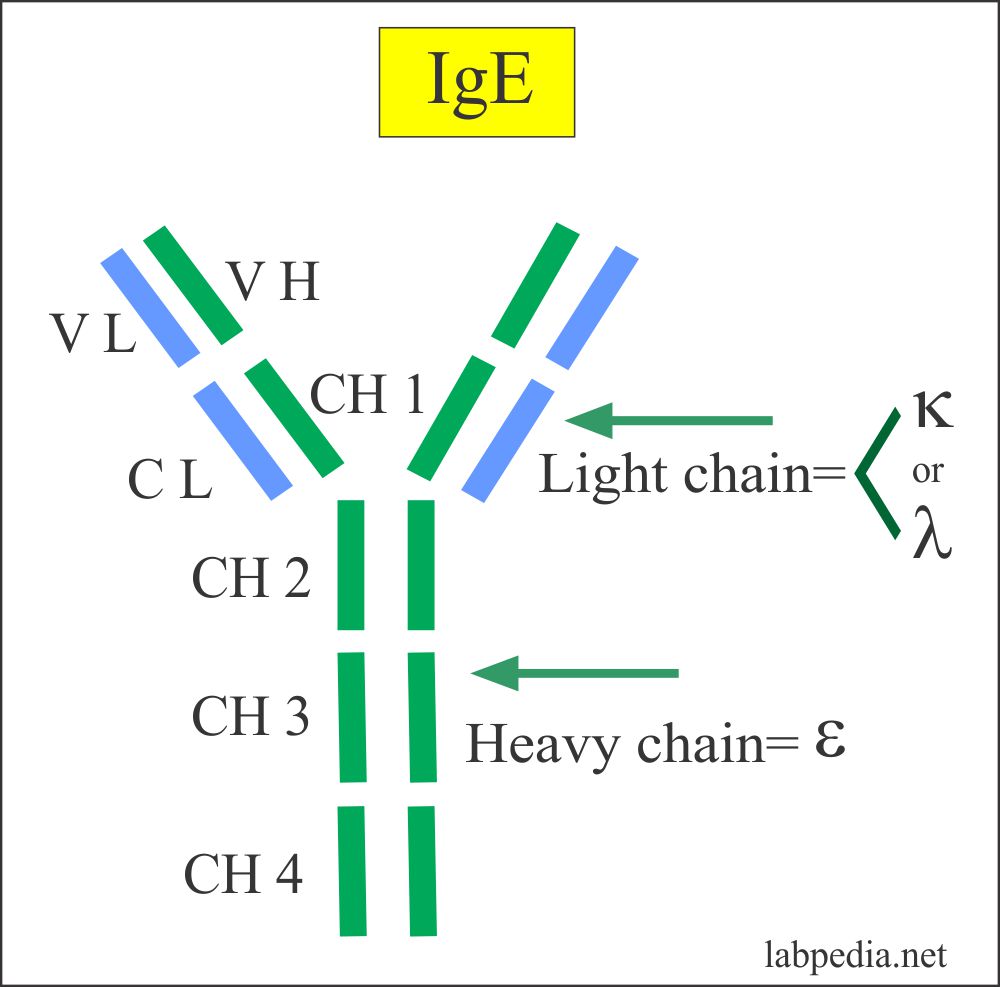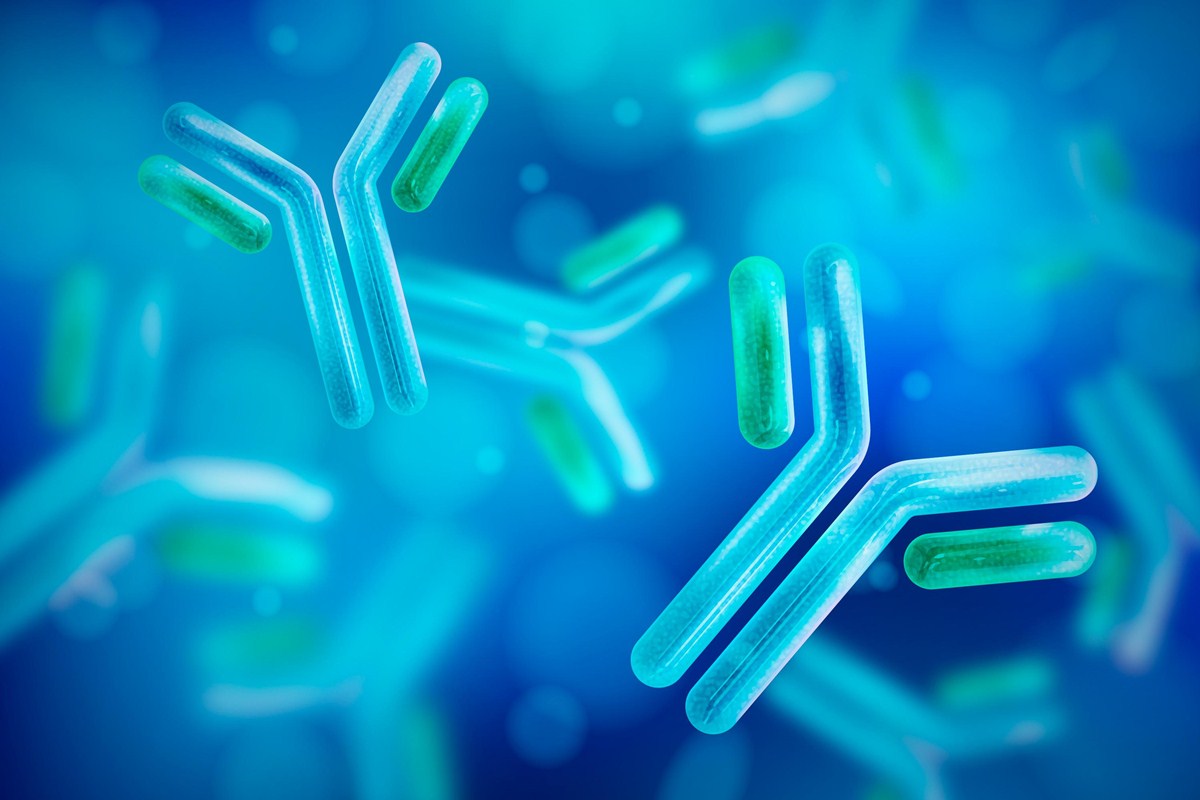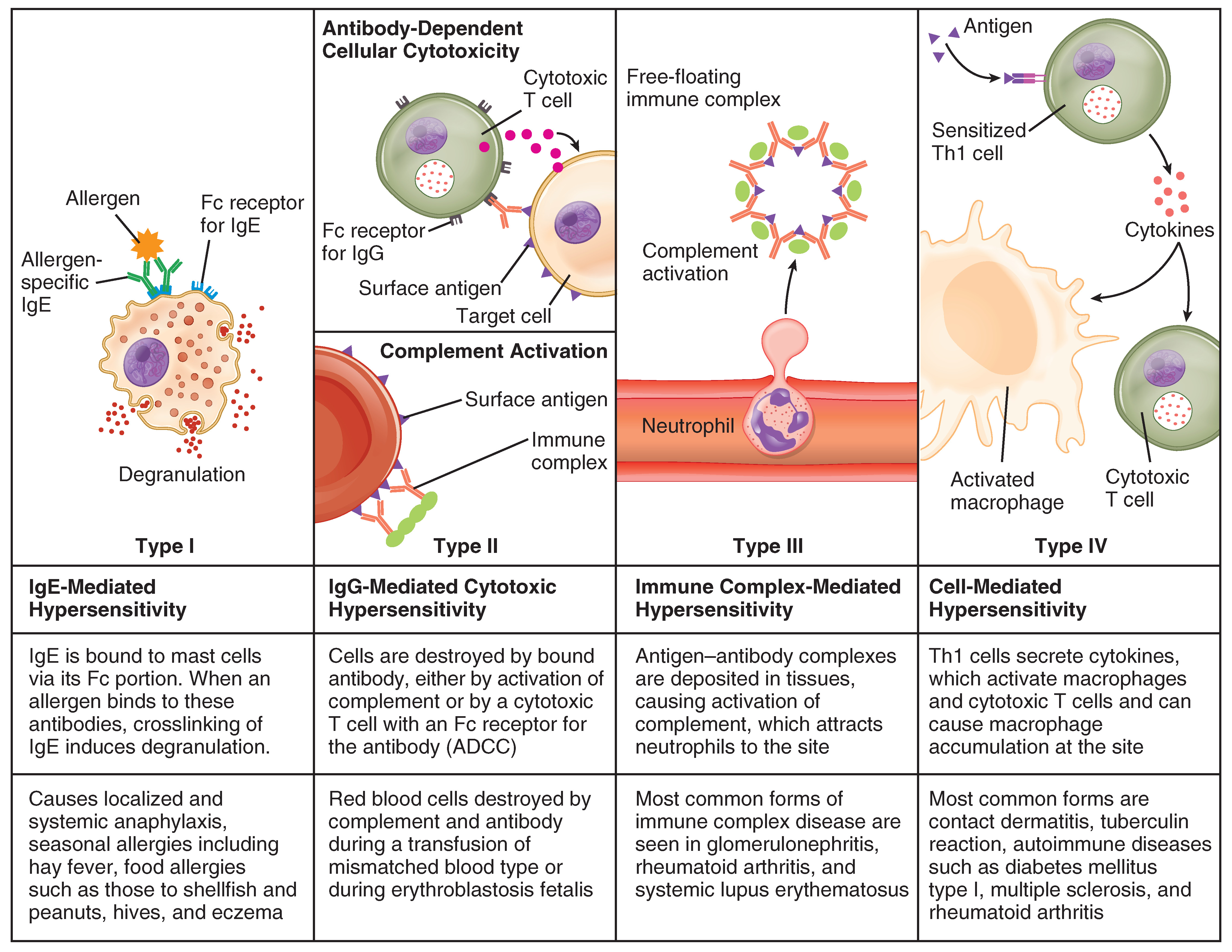Ige
悪性リンパ腫 死なない namaz necə qılınır şiəHow Immunoglobulin E (IgE) Functions in Your Body - Verywell Health. IgE is an antibody involved in the allergic response and fights infections from parasites. Learn how IgE is produced, bound to receptors, and linked to various health conditions, such as allergies, asthma, and cancer. Find out how to test your IgE levels and treat IgE-associated diseases with medications.. Immunoglobulin E - Wikipediapensiunea natura craiova borma setiabudi
. Immunoglobulin E (IgE) is a type of antibody (or immunoglobulin (Ig) "isotype") that has been found only in mammals. IgE is synthesised by plasma cells
hannan medispa queensbay кутаиси население
. It can diagnose some types of allergies, monitor allergic conditions, and help treat high IgE results. Learn who should be tested, what to expect, how to prepare, and what the results mean.. Immunoglobulin E - StatPearls - NCBI Bookshelf. Immunoglobulin E(IgE), named in 1968, is the last of the five human immunoglobulins to be discovered and is typically associated with the diverse manifestations of allergic diseases.[1] As one of the five designated immunoglobulin isotypes, immunoglobulin E (IgE) plays a major role in atopic conditions by inducing immediate hypersensitivity reactions.[2] IgE also contributes significantly to .running man ep 339 dramanice hər şəhidin ardından
. Allergy Blood Test: What It Is, Purpose, Procedure & Results. An allergy blood test checks for antibodies called IgE in your blood. It can help detect allergies to foods, pets, pollen or other irritating substances. Learn about the types, preparation, procedure and results of this test from Cleveland Clinic.. IGE - Overview: Immunoglobulin E (IgE), Serum - Mayo Clinic Laboratories. Immunoglobulin E (IgE) is one of the 5 classes of immunoglobulins and is defined by the presence of the epsilon heavy chain. It is the most recently described immunoglobulin, having first been identified in 1966. IgE exists as a monomer and is present in circulation at very low concentrations, approximately 300-fold lower than that of IgG.. Biochemistry, Immunoglobulin E - StatPearls - NCBI Bookshelf. Immunoglobulin E is one of the five classes of immunoglobulins (IgM, IgG, IgD, IgA, IgE). IgE has a unique chemical structure and an array of physiological functions, such as Type I hypersensitivity reactions, parasitic infections, autoimmune processes, and venom protection.[1]It was the last of the immunoglobulin family to be discovered, and since then has spurred vast amounts of research .. Allergy Blood Test: MedlinePlus Medical Testcalcul d une mensualité açık küllü platin sarı
. An allergy blood test measures a substance called immunoglobulin E (IgE) in your blood. IgE is an antibody that your body makes when you are allergic to certain substances. The test can help find out if you have an allergy and what allergens may be causing your symptoms. Learn more about the types, preparation, results, and risks of this test.. IgE Antibodies: From Structure to Function and Clinical Translation. 1
dashuria per nenen iss dakar
. IgE tests are blood tests that detect circulating IgE antibodies produced during a type I hypersensitivity reaction to an allergen日本伦理 kia rio tec
. They can be used to diagnose and monitor allergic disorders, such as anaphylaxis, hay fever, asthma, and food allergycough linctus syrup oferta revelion international sinaia
. Learn about the indications, methods, results, and interpretation of IgE tests.. The biology of IgE - UpToDate. IgE is a monomer and consists of four constant regions in contrast with other immunoglobulins that contain only three constant regions. Due to this extra region, the weight of IgE is 190 kDa compared with 150 kDa for IgG. The C-epsilon-2 constant domain is unique to IgE, while the C-epsilon-3 region binds to the low- and high-affinity IgE receptor.. High Immunoglobulin (IgE) Levels - Verywell Health. IgE is an antibody that plays a key role in allergic responses and can be elevated for various reasons, such as allergies, infections, or autoimmune diseases. Learn about the symptoms, causes, and complications of high IgE levels, how they are diagnosed, and how they are treated.. Immunoglobulin E (IgE) Defined | AAAAIاوفر سايز business village

tamilblasters.lol veten şeiri
. IgE exists as a monomer and is the least abundant antibody isotype in plasma, present at levels (about 100 ng/mL), approximately 300-fold lower than that of IgG in a circulation and accounts for 0.002% of total immunoglobulin.. IgE in the diagnosis and treatment of allergic disease - PMC. Once IgE was established, it was possible to investigate many different aspects of allergic disease both in terms of diagnosis and in understanding the relevant treatment. Thus the discovery of IgE completely changed the investigation of these diseases because measurements were of a specific molecule measured in fully defined units (first in .. The production of IgE - Immunobiology - NCBI Bookshelf. IgE is produced by plasma cells located in lymph nodes draining the site of antigen entry or locally, at the sites of allergic reactions, by plasma cells derived from germinal centers developing within the inflamed tissue. IgE differs from other antibody isotypes in being located predominantly in tissues, where it is tightly bound to the mast-cell surface through the high-affinity IgE receptor .. IgE, what is it good for? - PMC - National Center for Biotechnology .. Receptors for IgE. There are two known receptors for IgE, FcεRI and CD23 (FcεRII). FcεRI, the high affinity receptor for IgE, is composed of a tetramer, αβγ 2, on mast cells and basophils, and as a trimer, αγ 2, on other cells such as monocytes, dendritic cells, eosinophils, and platelets. 16-19 The tetrameric form is responsible for immediate hypersensitivity reactions; however, in .


